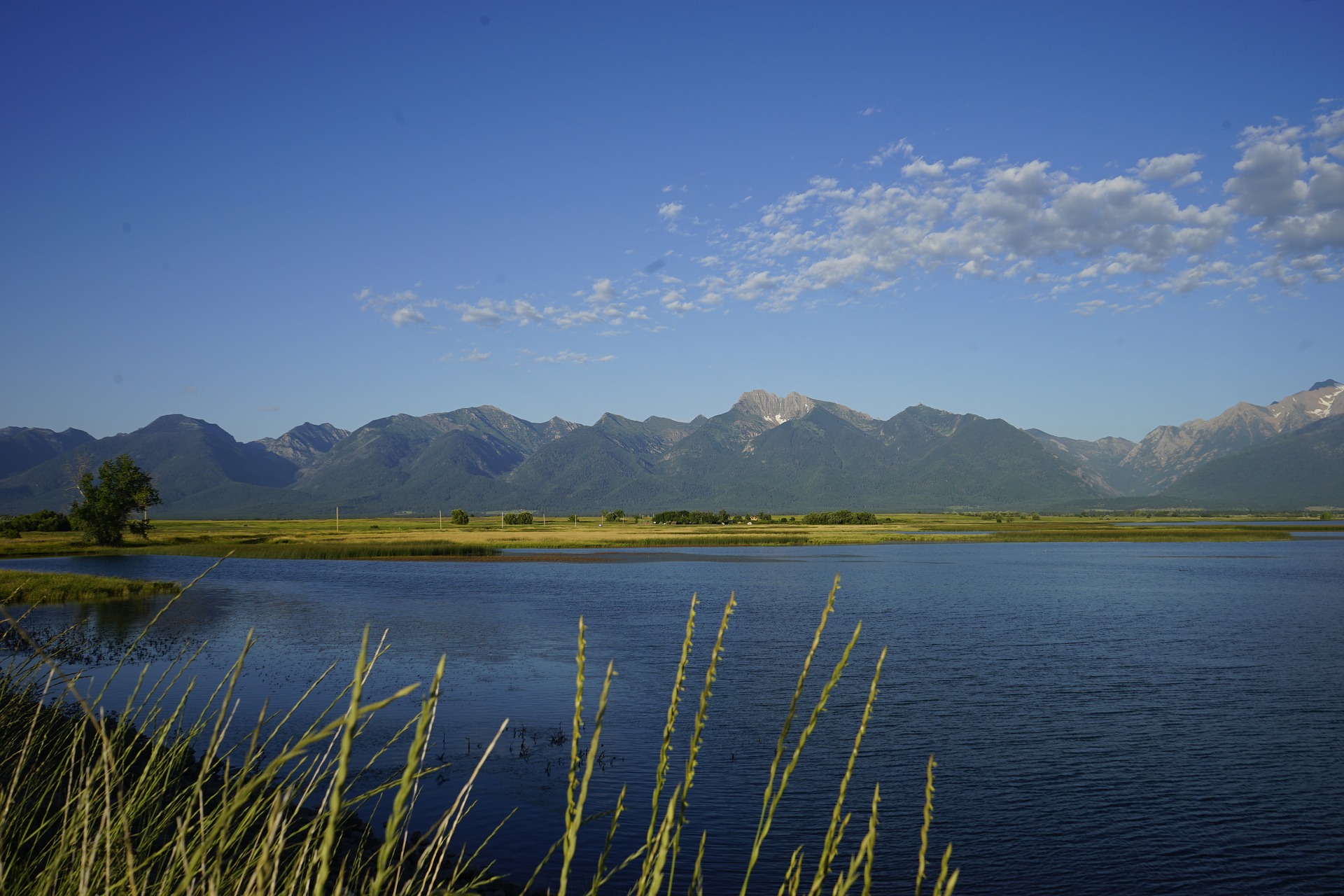Down in the heart of the Robson Valley, skirting the edge of the Rocky Mountains, scientists have been led to a path of discovery.
The rivers and wetlands in the area are supported by the melt of the winter snowpack flowing down the mountain slopes in the springtime. But Dr. Darwyn Coxson, a leading researcher on biodiversity and conservation of inland temperate rainforest ecosystems in BC, is starting to notice some unusual trends.
Dr. Stephen Dery, a professor at UNBC as well, is also working on the project with Coxson, alongside with University of British Columbia Botanists Curtis Bjork and Trevor Goward.
During a typical winter, the snow has been staying on the ground from the end of October to about mid-May. However, this year and the previous year, the snow has begun melting in early to mid-April.
“We’ve been looking at patterns of biodiversity in the Robson Valley will respond to climate change,” said Coxson. “One of the really important factors is that there are huge amounts of water stored in those wetlands. I don’t think people in Prince George are necessarily aware fo the extents of wetlands in the Fraser River Valley. These things are like giant sponges — they soak up a lot of that winter snowmelt and release it into the river systems over the summer.”
He states they’re critical in the sustainability of the salmon run through the river system.
“As you’ll know, we’ve had some really warm winters. Snowmelts have been a month ahead of time at the Ancient Forest trail in recent years. That’s a really vulnerable period. If we start to get winters with less snow then that reservoir water may decline and could have big implications for our communities here in BC.”
Coxson said he and his team have been working on the biodiversity for over a decade now. The information collected over that time, backing the fact that the area is a biodiverse region, played a key role in the provincial government considered establishing the park in 2016.
Established in 2016, the Ancient Forest/Chun T’oh Whudujut Park protects a portion of the only known inland temperate rainforest in the world. Last year, with support from the BC Parks Living Program, Coxson’s team focused on studying the park’s plant biodiversity, along with neighbouring Slim Creek Park, Sugarbowl-Grizzly Den Park, and the Sinclair Mills wetland — one of the largest wetlands in the Robson Valley at more than 1,000 hectares in size.
Coxson told MyPGNow that long-term ecological monitoring sites were established in 28 wetlands and subplots were set up in larger wetlands. So far, researchers have identified almost 500 species of vascular plants, bryophytes, and lichens. Coxson believes 10 to 20 species in the valley may be new to science.
“There’s been a real element of discovery. We’re finding a lot of rare species and a lot of plant species that are new to science. We’re finding a lot in our own backyard that we were really unaware of.”
Something going on in the Prince George area you think people should know about?
Send us a news tip by emailing [email protected].






